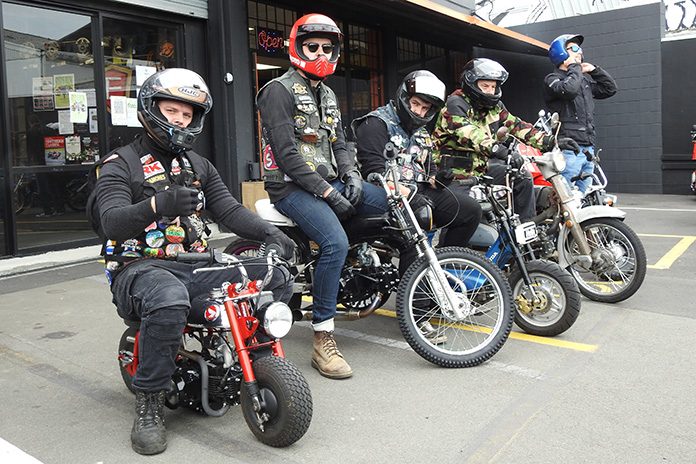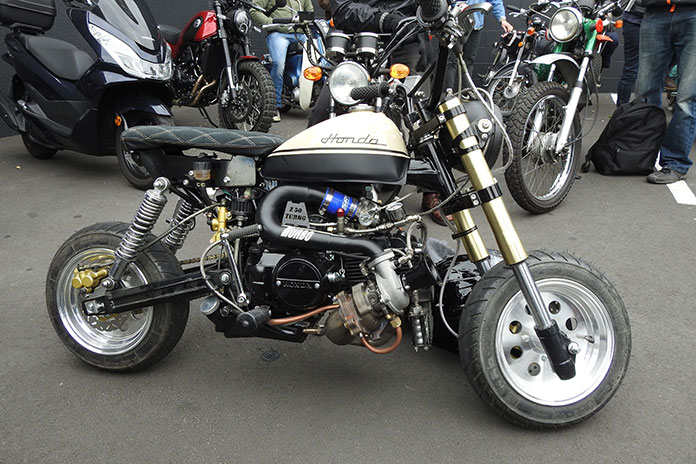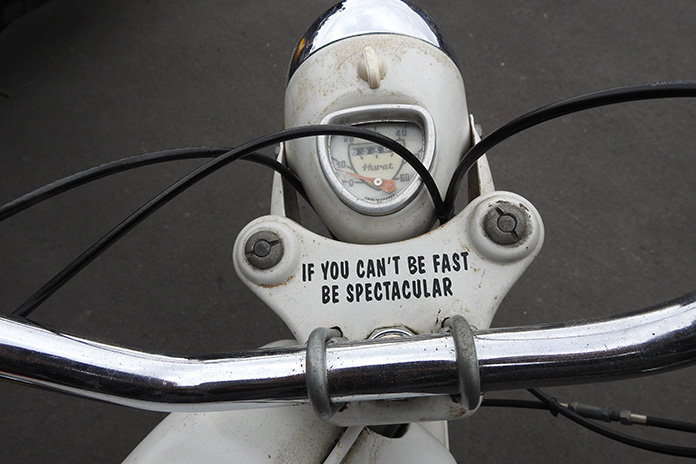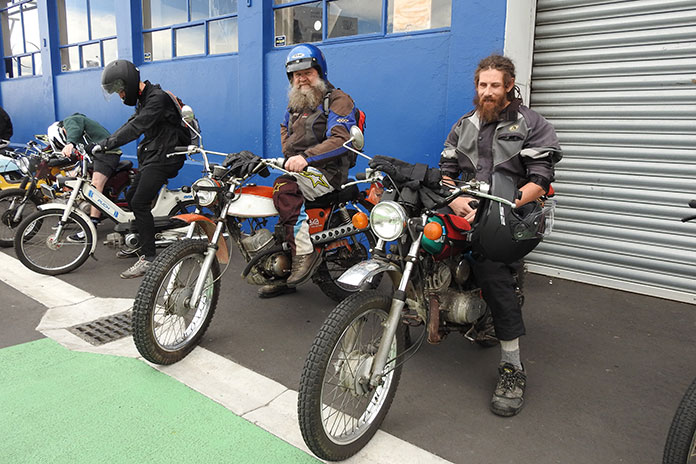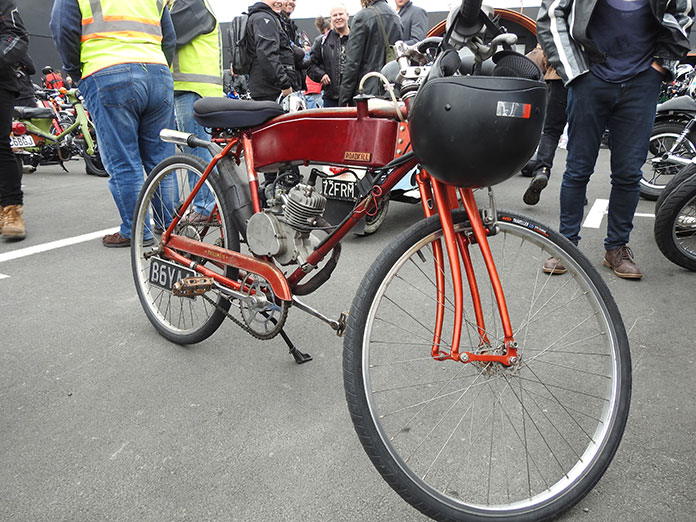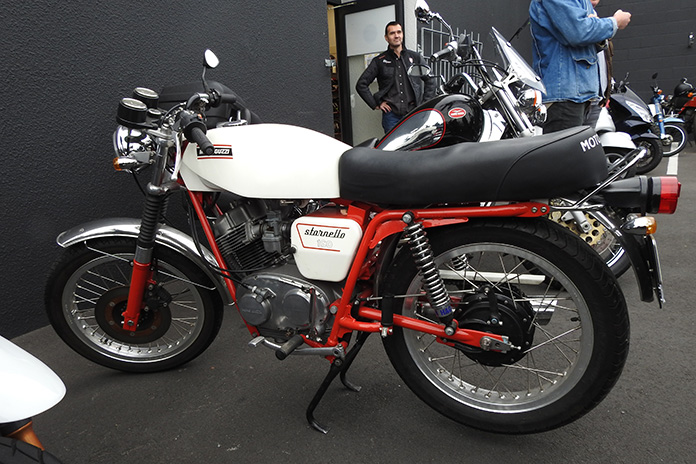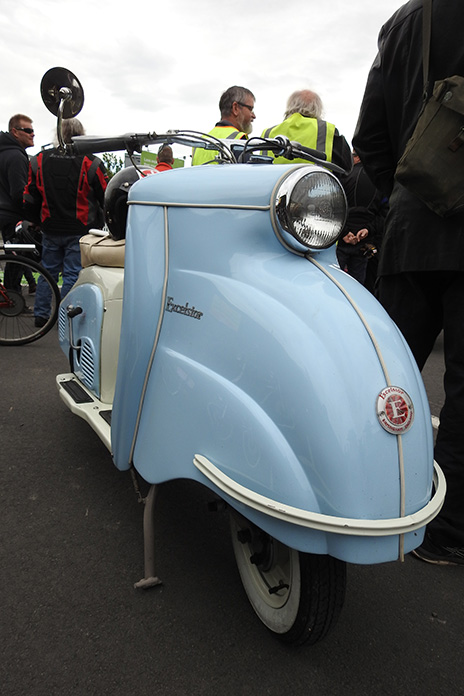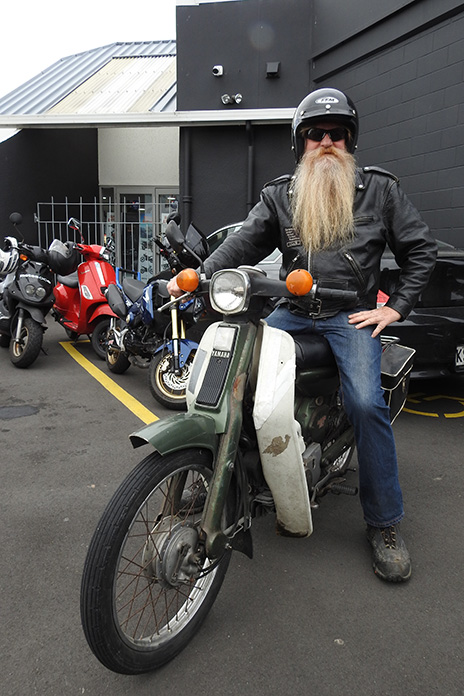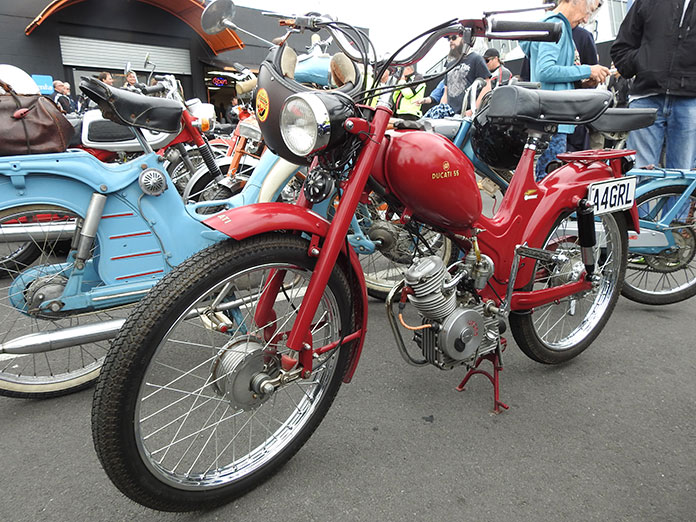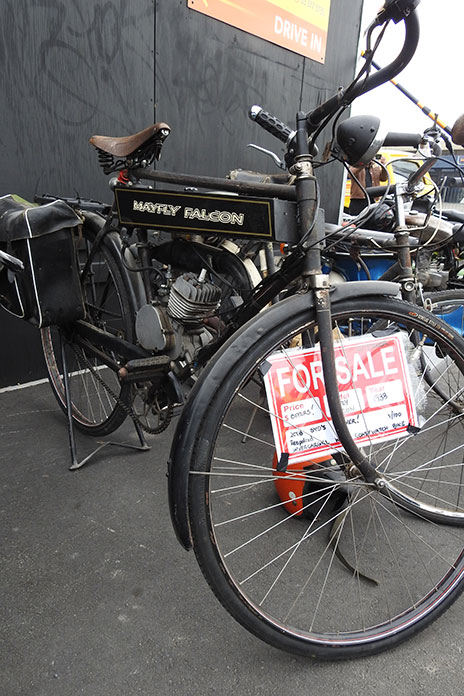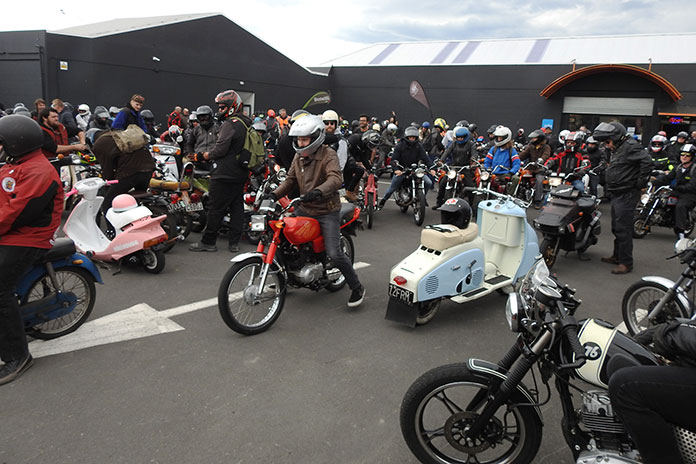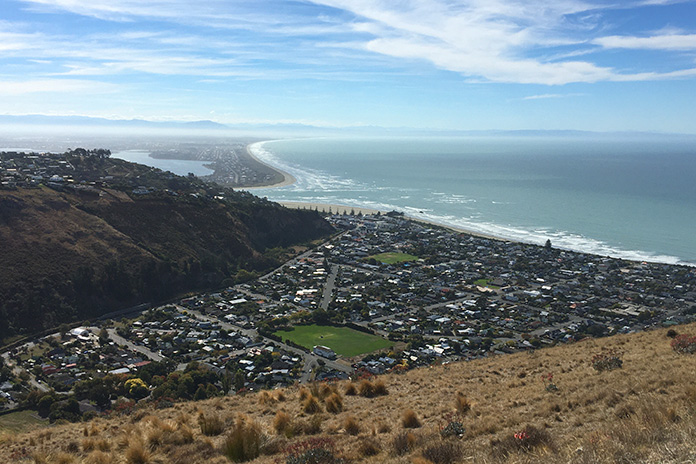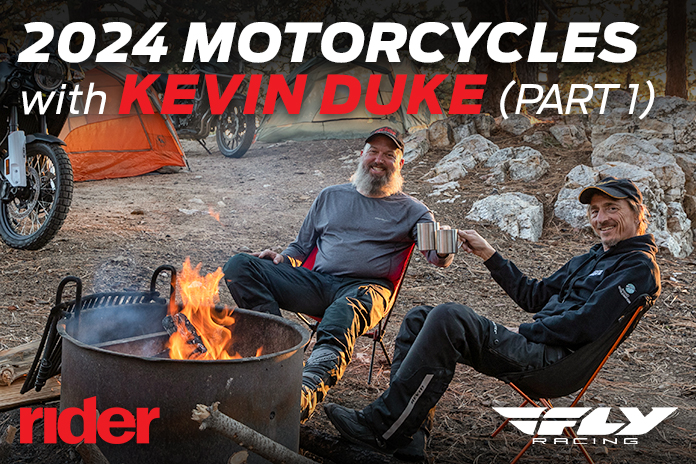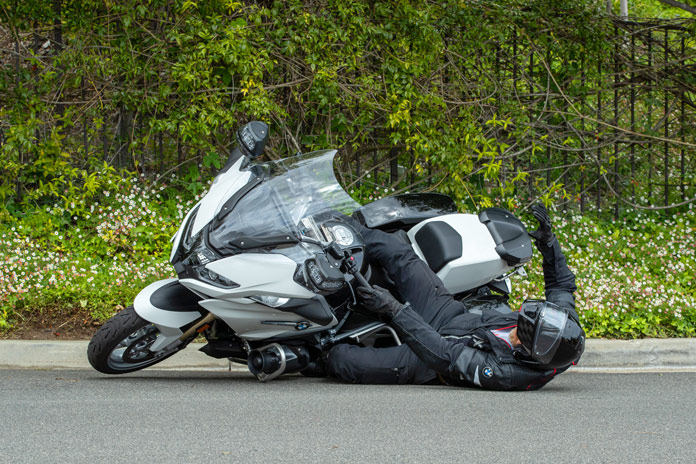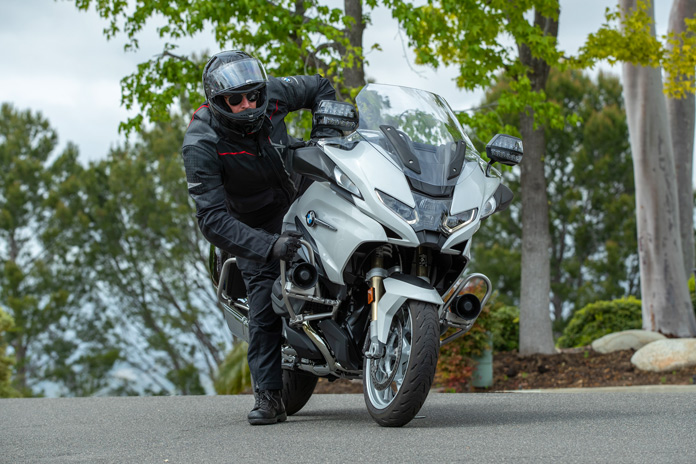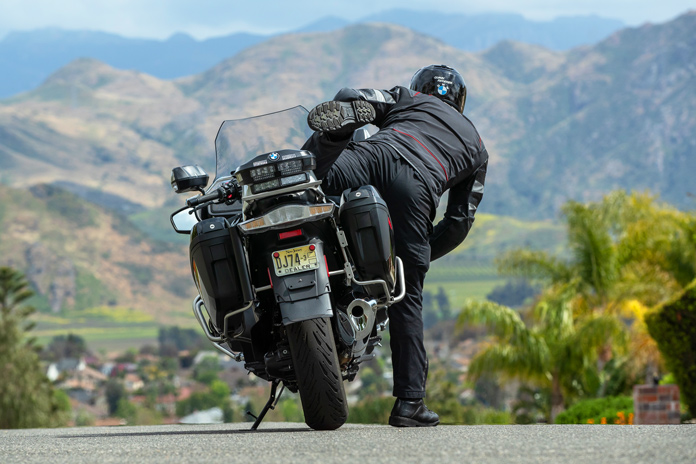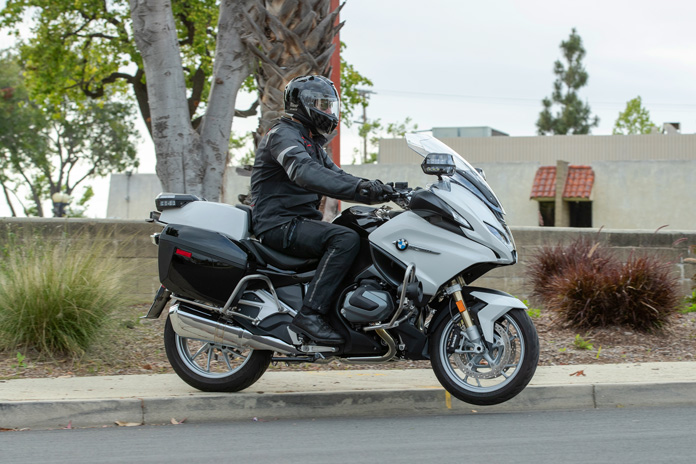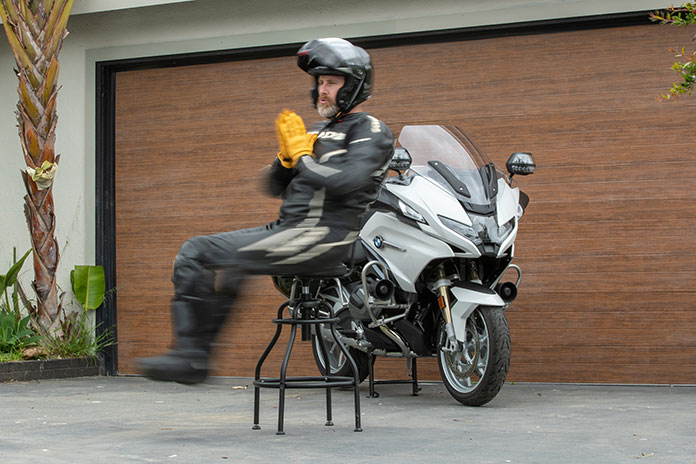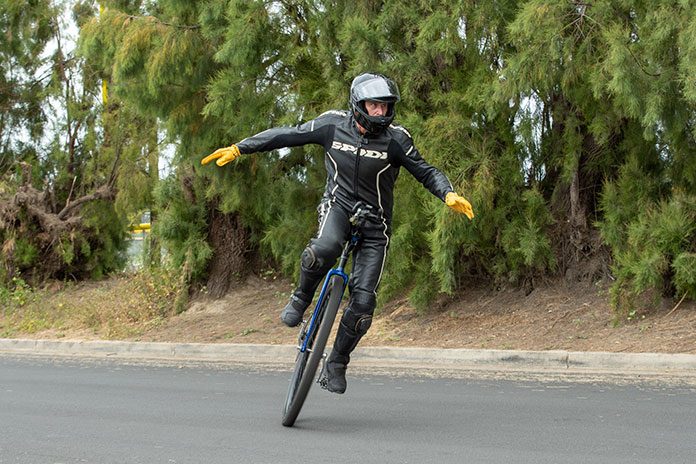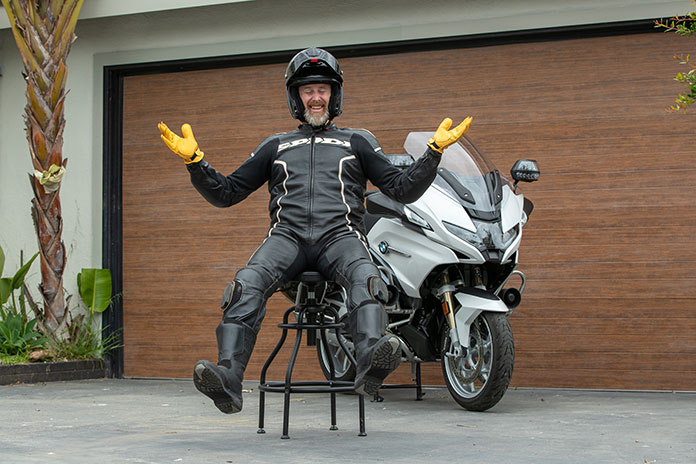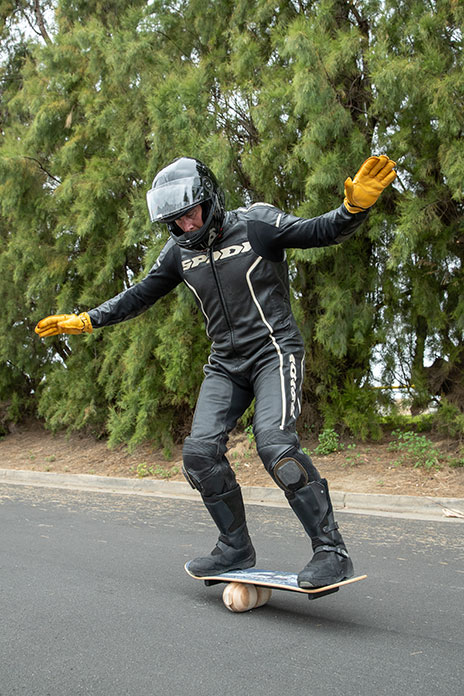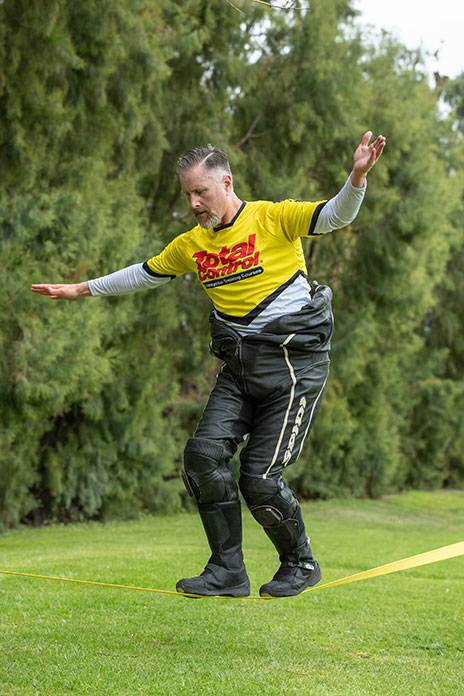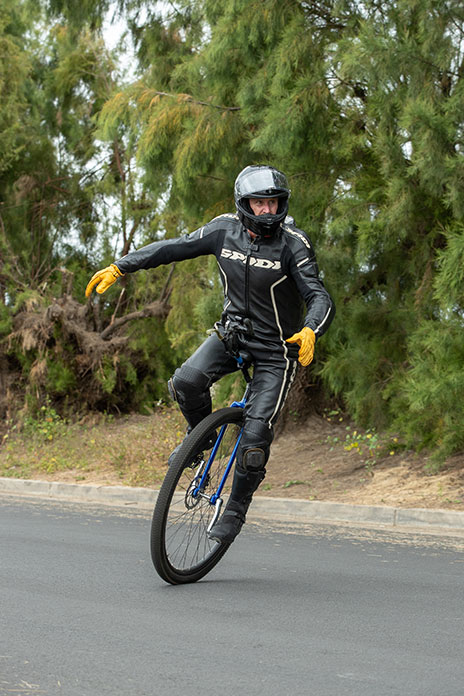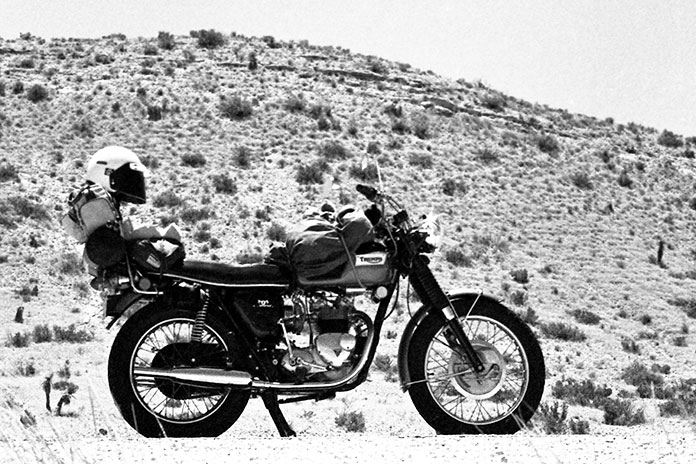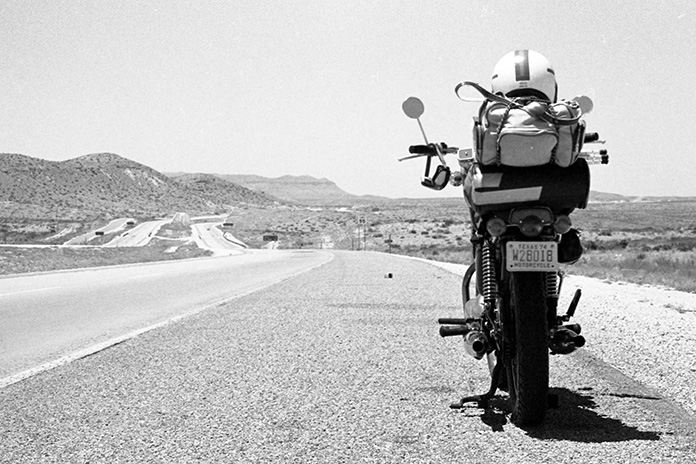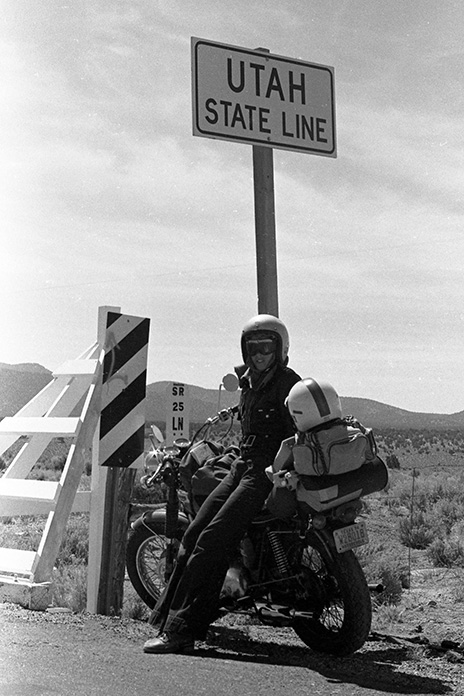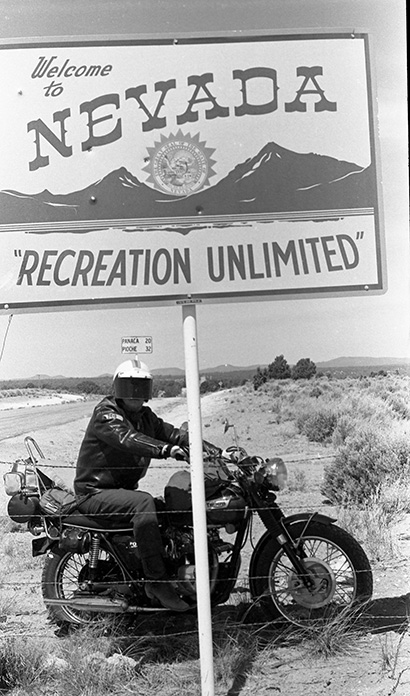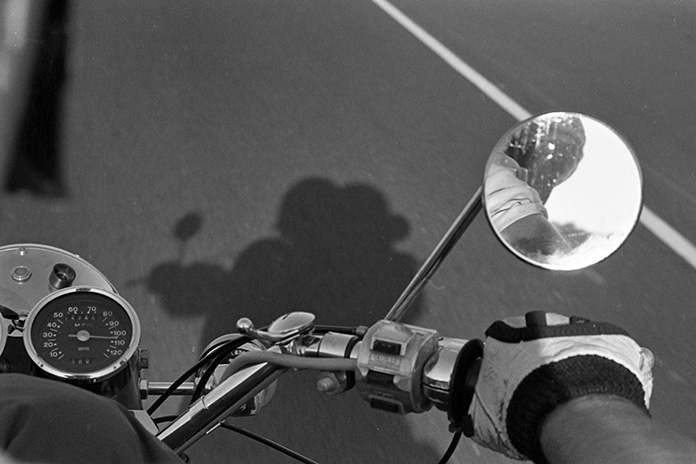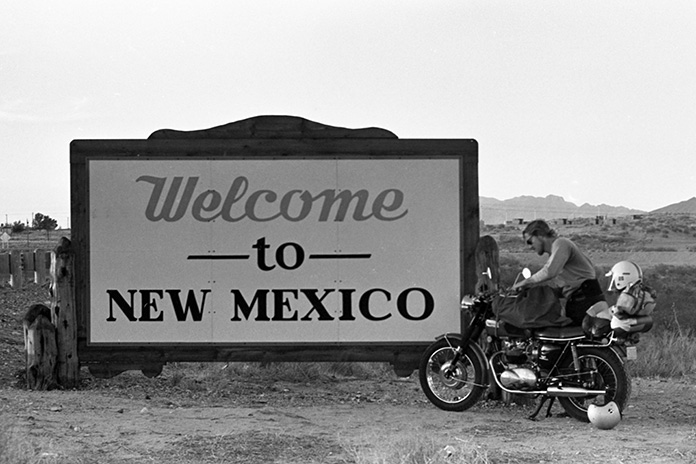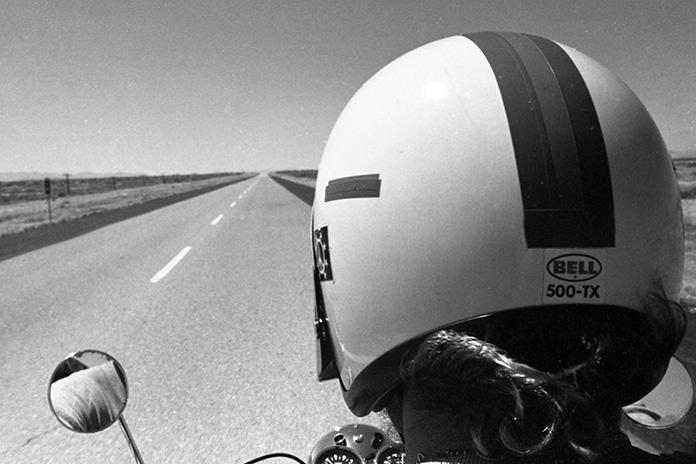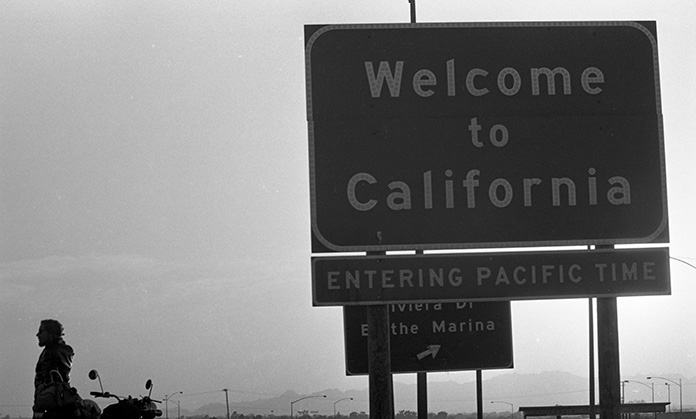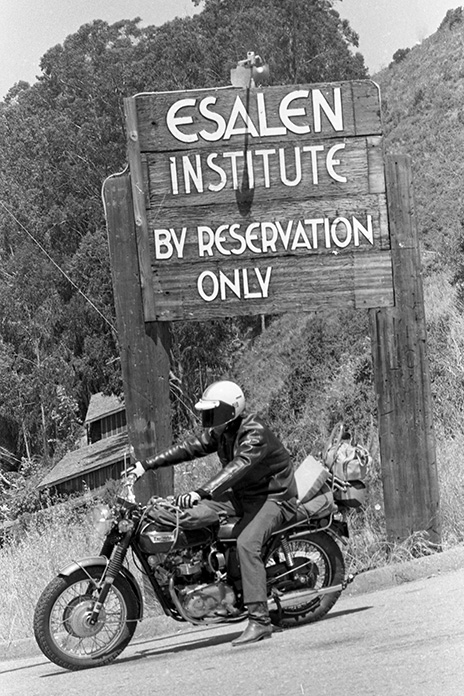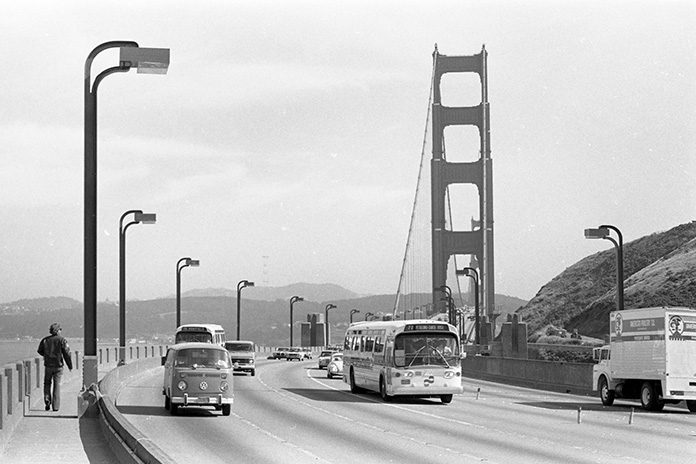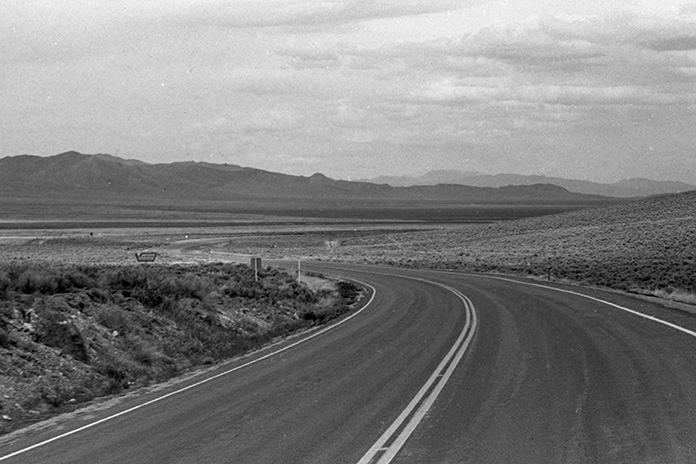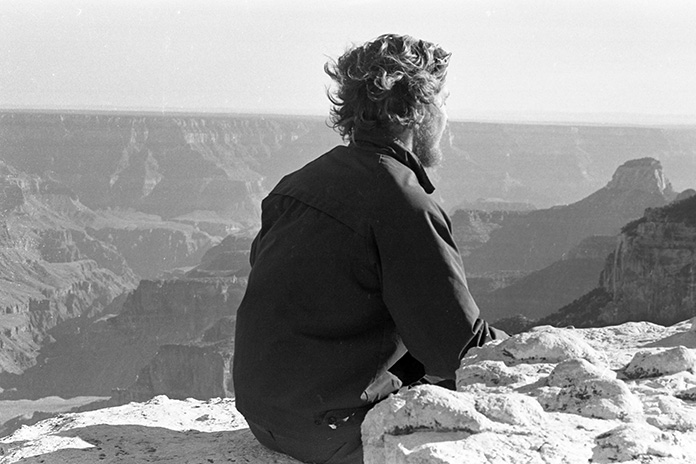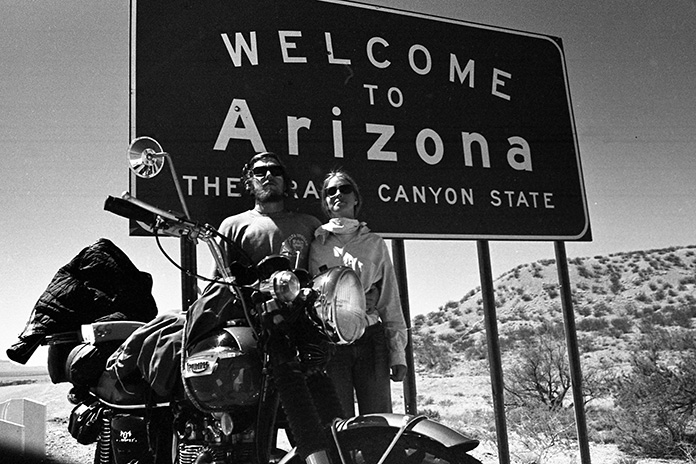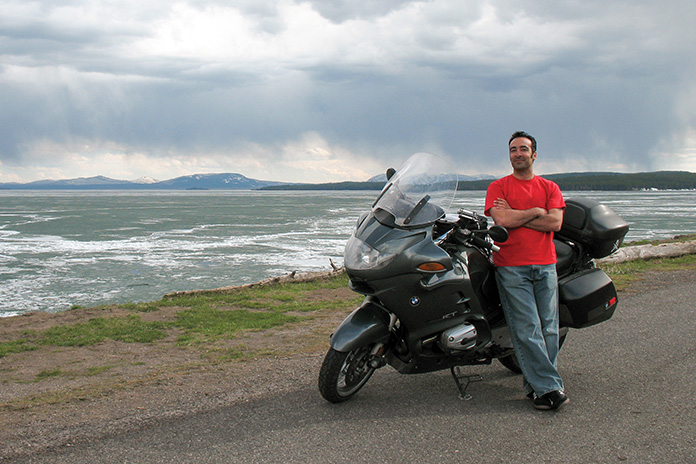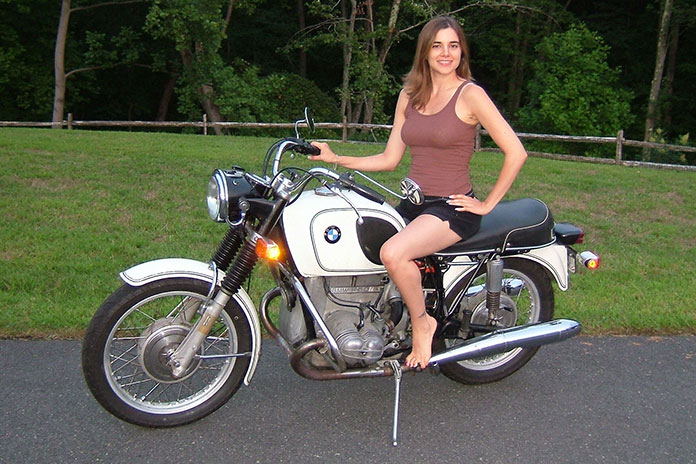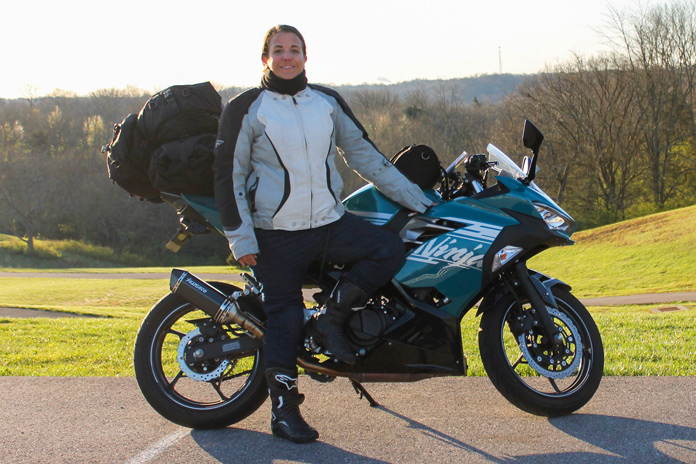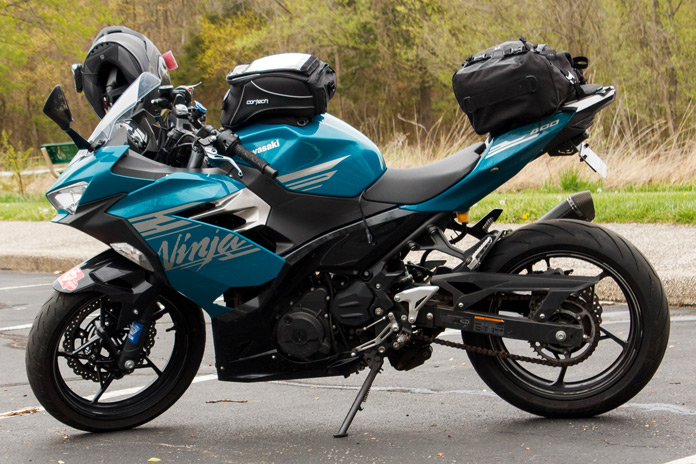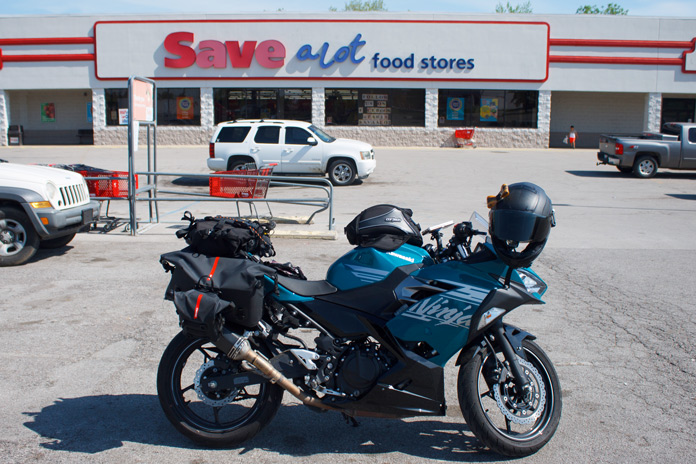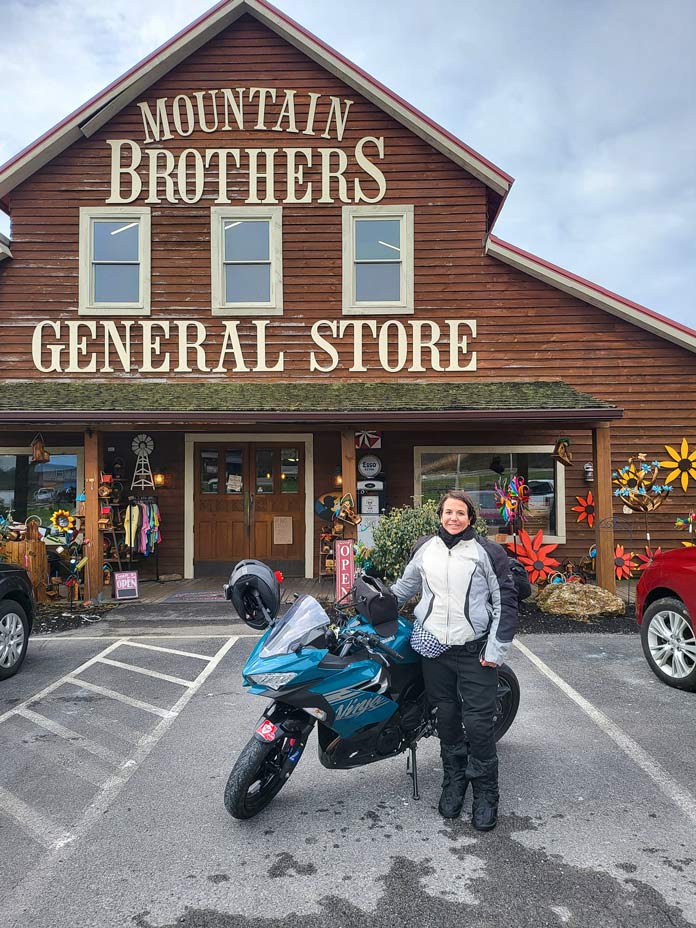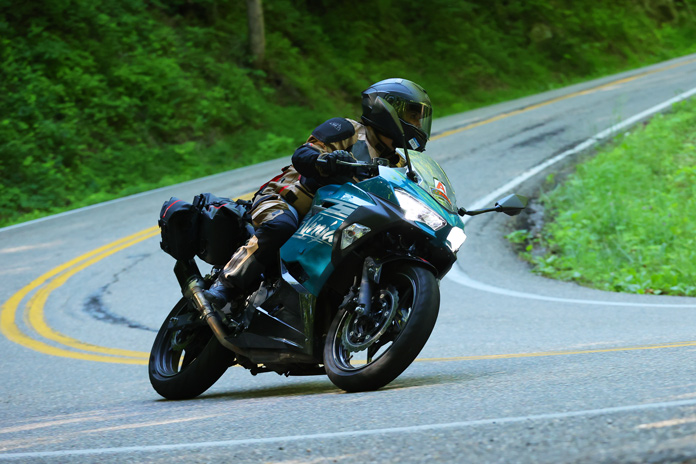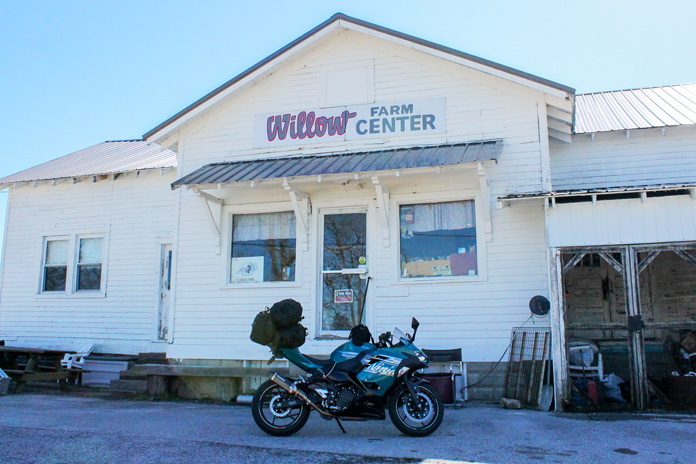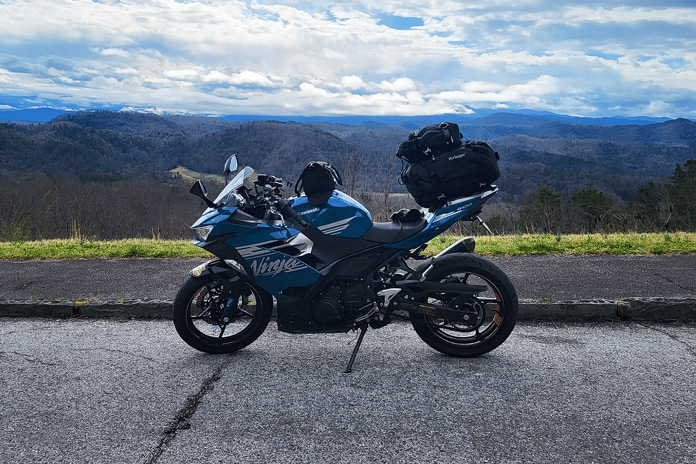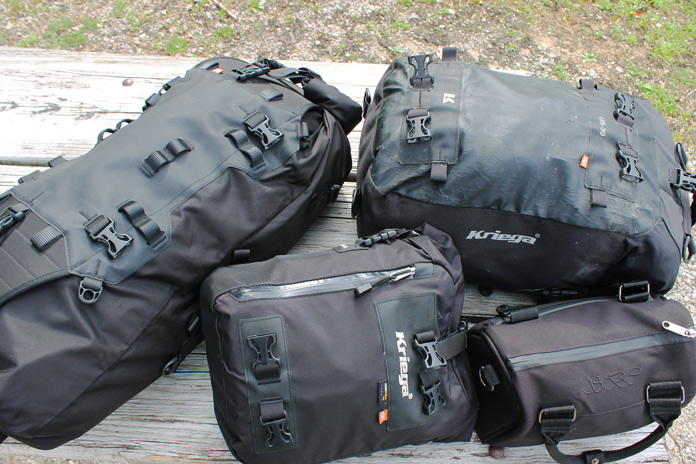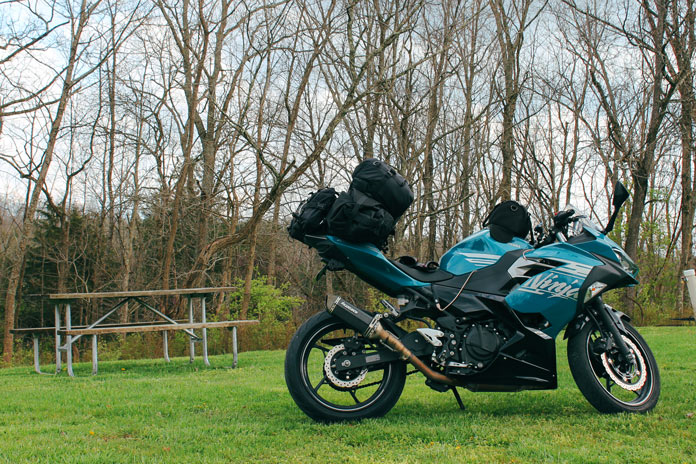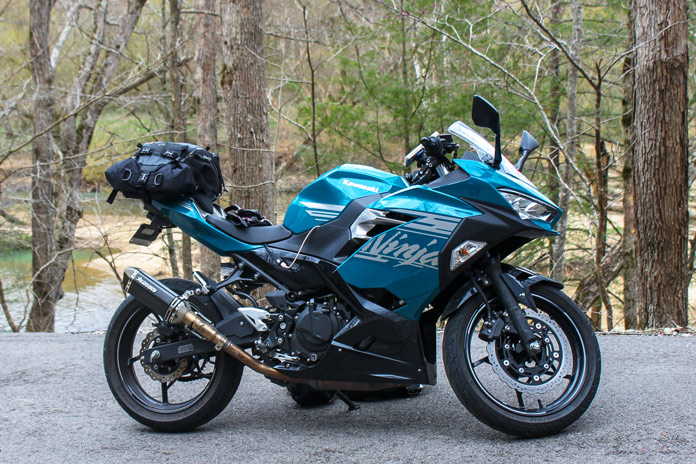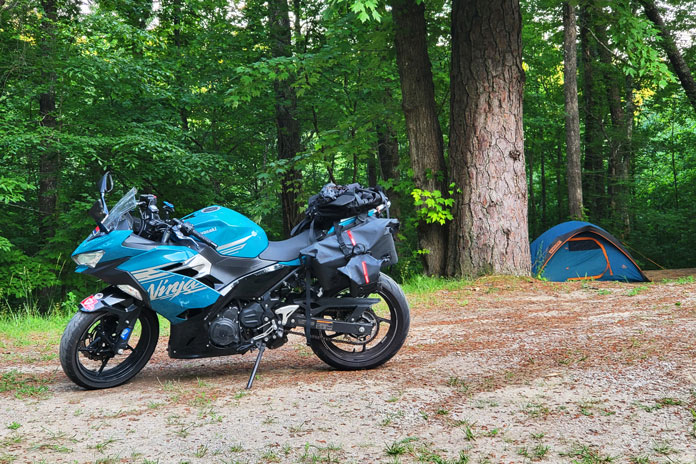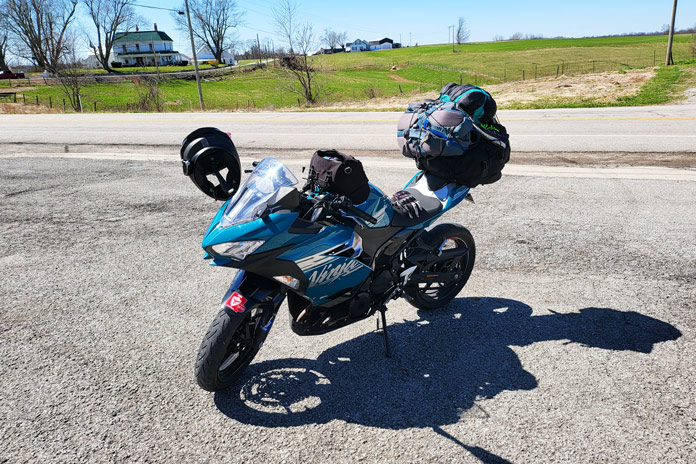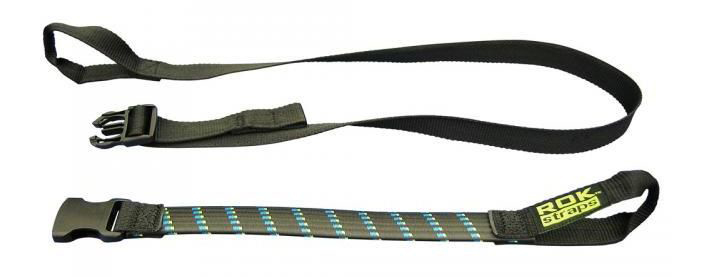If anyone in Australia told you another Syd’s Run is coming up, you might think it has something to do with Sydney. However, it happens in Christchurch, New Zealand. One instantly knows something is up when you spot a gaggle of Honda C50s on the way to the starting point of the event at the periphery of Christchurch’s Central Business District.
Syd’s Moped Run is held each November, just before New Zealand’s summer kicks in. The run was started by Sydney James Falconer in 1995. Falconer ran the event for many years on the Saturday that fell closest to his birthday. After he passed away, his son Keith continued to run it for several more years.
“Dad was a hard man,” Keith told us. “He wasn’t one for rules and regulations. He rode bikes all his life, like Triumphs – biker’s bikes mainly – but as he got older, he moved back to the smaller stuff. Our family tried to give him a party for his 70th birthday, but he refused. Instead, he sat down with his old cronies from the vintage car club, and they mapped out a moped run, which had to be pedal-powered when it initially started.”
Falconer rode an old 50cc Puch with pedals, or alternatively, his Ducati Cucciolo. He was a great one for specials, a hard case. Falconer ran the event for nearly 20 years until his health got the better of him.
The whole spectacle is a great way for people to get out on small bikes and enjoy themselves. Current organizer Aaron Card says the run is for anyone riding small bikes, but he doesn’t mind if you turn up on a Harley and join in. Ride it slow and have a good time; that’s all that matters. Card says it’s not at all about speed but rather the people, the mates, the camaraderie, and hanging out together.
See all of Rider‘s Trike, Sidecar & Scooter reviews here.
Attendance is impressive. On the 25th anniversary run in 2020, organizers stopped counting when they reached 306 participants leaving the start, with more who kept joining in. It was a significant jump from the very first run, which had about 45 riders.
And what a selection of machinery it usually is. Wandering through the crowd in the main parking area and adjacent street parking for the overspill, a vast array of vintage mopeds from the Big Four Japanese manufacturers usually dominates the spectacle. It ranges from small Honda cafe racers with up-spec or aftermarket fitted horizontal engines to racing fuel tanks to fancy Yoshimura exhaust work. I’ve seen pit bikes with suicide shifters, a ratty looking Honda Hero Stream, and a 50cc Honda Turbo Z.
Some of these bikes belong to the local Quake City Rumblers, a moped club that pines over modified classic Japanese mopeds and helps with marshalling duties at the event. Your eye might catch a rusty metal panel lookalike scooter, perhaps a Honda Joker or something of Aprilia origin, complete with metal chains hanging off it. One of the very few Vespas I’ve spotted was modified to run on a slammed rear suspension. Had I not seen the scoot arrive earlier, I would’ve guessed it wasn’t rideable.
Honda Cubs in original vintage patina join forces with specials like a stretched Honda Cub with a long chopper fork. Even the odd Honda CT110 “Postie” or farm bike usually blends in seamlessly. A Gandalf-like bearded enthusiast willingly posed for a picture for me, sitting on his vintage Yamaha scoot, parked up close to some vintage Suzuki scoots and small-displacement Suzuki street or trail motorcycles, including a Suzuki AC50 Maverick from 1973.
Italy represented itself with an immaculately looking Guzzi Stornello 160 and a Ducati 55, joined by some “cyclemotors”: bicycles with engines fitted to them on the frame rails or on the rear carrier rack, such as a Triumph-framed bike. Hell, even an old Velosolex showed up, a moped hugely popular in its day in Europe.
An Excelsior scooter joined ranks with a Mayfly Falcon from 1938, the latter parked with a “For Sale” sign. Nearby, a Raleigh moped proudly displayed a small handwritten phrase: “If you can’t be fast, be spectacular.” This catchphrase can easily describe the whole event in one sentence. More vintage European scoots rounded up the spectacle, including a rare German-built 49cc Goericke Goerette from 1955, a Victoria from Nuremberg, and a good old Puch from Austria.
There is a big social aspect about the whole outing. Half the day is about eating, having a drink, and talking, and the other half of the day is about riding the bikes. The ride stretches over 62 miles, done in two parts over Christchurch’s predominantly flat terrain over the span of about eight hours.
The first part leads the participants down Ferry Road toward the Christchurch Gondola to the Port Hills tunnel over to Lyttelton and its natural harbor, which is a caved-in extinct volcano filled with sea water, then to Bridal Path Road, and on to the seaside settlements of Sumner and New Brighton (Quadrophenia, anyone?) to Thomson Park. Proceeding from there, the cavalcade rides down Marshlands Road and via the suburb of Northlands back to the CBD, concluding in the inner city’s Smash Palace outdoor pub for prizes and the subsequent wrap-up.
You can keep up with Syd’s Run happenings on Instagram @SydsRun. And you can watch a half-hour video from the 2003 run on YouTube.
See all of Rider‘s Rallies & Clubs coverage here.
The post Syd’s Run: If You Can’t Be Fast, Be Spectacular appeared first on Rider Magazine.
Source: RiderMagazine.com

